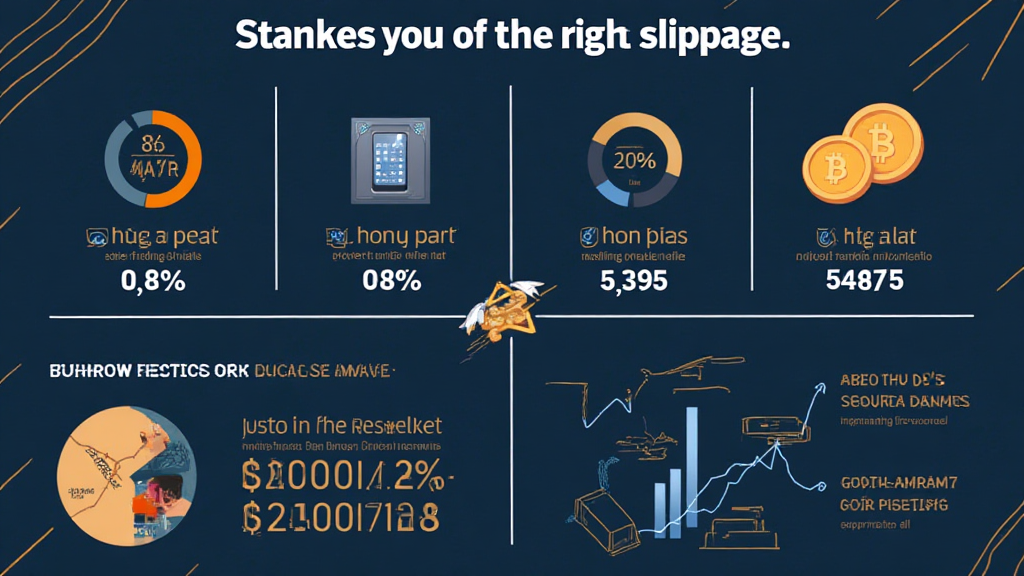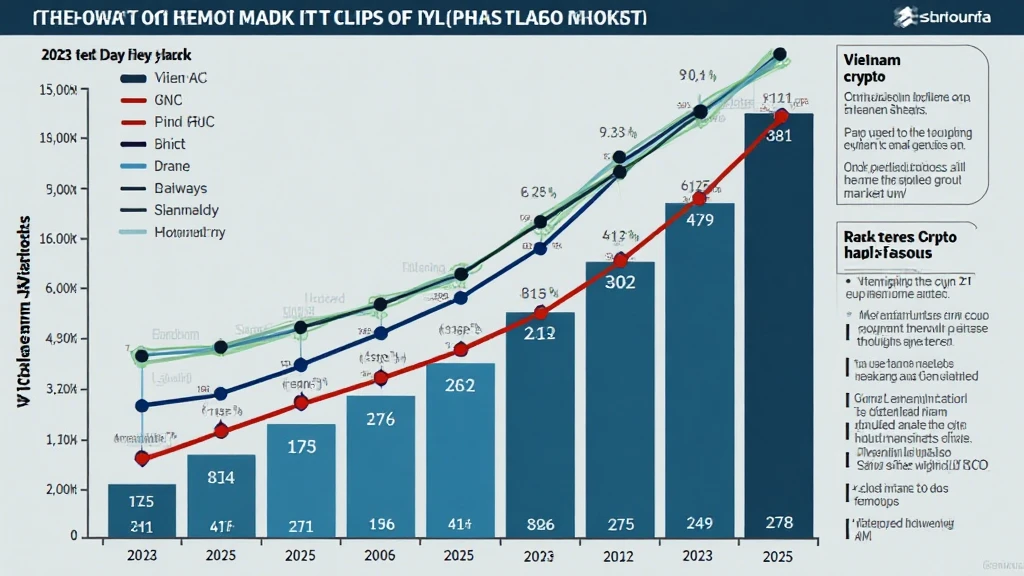Bitcoin Slippage Prevention: A Comprehensive Guide
With an estimated 19% of Bitcoin transactions facing slippage, the need for prevention methods has never been more urgent. Cryptocurrency users are often exposed to unexpected price changes during trades, leading to potential losses that can be avoided with proper strategies. In this article, we will explore various solutions and tips for Bitcoin slippage prevention, especially useful for traders and investors navigating the volatile crypto markets.
What is Bitcoin Slippage?
Bitcoin slippage refers to the difference between the expected price of a trade and the actual executed price. This phenomenon typically occurs in high-volatility environments like cryptocurrency markets, where price changes can happen quickly and unpredictably. As more people enter the trading space, the chances of slippage increase.
Understanding the Causes of Slippage
- Market Volatility: Bitcoin’s price can swing dramatically within minutes, causing slippage.
- Order Size: Large orders can disproportionately affect price on less liquid exchanges.
- Liquidity Constraints: Insufficient liquidity may cause trades to execute at unfavorable prices.
- Exchange Performance: Slow response times during high traffic can lead to missed price points.
Why is Slippage Important?
Mitigating slippage is essential for both retail and institutional traders. Slippage can result in significant losses if not managed properly. Here are some reasons why you should take it seriously:

- Cost Efficiency: Preventing slippage can lead to better profit margins for traders.
- Market Integrity: Lowering slippage contributes to a more stable trading environment.
- Enhanced User Experience: Fewer execution errors improve satisfaction and trust.
Techniques for Bitcoin Slippage Prevention
Here are several practical techniques you can employ to minimize slippage when trading Bitcoin:
1. Utilize Limit Orders
Limit orders allow you to specify the price at which you want to buy or sell Bitcoin. By using limit orders, you can avoid executing trades at undesirable prices due to market fluctuations. For instance, you might set a limit order to buy Bitcoin at $30,000 rather than the market price of $30,500.
2. Choose the Right Exchanges
Selecting an exchange with sufficient liquidity can significantly reduce your exposure to slippage. Look for platforms known for high trading volume, allowing for faster execution without affecting prices. For example, major exchanges like Binance often provide improved liquidity compared to smaller platforms.
3. Monitor Market Conditions
Being aware of factors that can affect Bitcoin prices is crucial. Events like regulatory news or major exchange hacks can lead to sudden volatility. Keeping track of industry developments helps you gauge potential risks and adjust your trading strategy accordingly.
4. Time Your Trades Wisely
Timing your trades around periods of lower activity can help mitigate slippage. For example, trading on weekends when market activity is lower might result in tighter spreads and fewer unexpected price movements.
5. Use Slippage Tolerance Settings
Advanced trading platforms often offer slippage tolerance settings, allowing you to set an acceptable slippage percentage for your trades. This feature ensures that your order won’t execute if the price deviates from your desired price by more than the specified percentage.
Real-World Data on Bitcoin Trading
Utilizing real-world data is essential for understanding how slippage can occur in various market conditions. As reported by Chainalysis (2025), traders in Vietnam faced an average slippage rate of 3.7% on their Bitcoin transactions due to the growing demand and limited supply during peak trading hours.
Conclusion
In the ever-evolving landscape of cryptocurrency trading, understanding and preventing Bitcoin slippage is vital for optimizing trading results. By integrating the strategies outlined in this guide, you can enhance your trading efficacy and minimize the risks associated with market fluctuations. Remember that successful trading is not only about making the right calls but also about executing those trades under the best conditions possible. As the crypto market continues to grow, staying informed and adapting your strategies will be essential.
By effectively managing slippage, traders can create a more profitable trading environment and safeguard their digital assets efficiently. Therefore, always keep an eye on market conditions, utilize available tools, and choose reputable exchanges to enhance your trading experience.
Visit mycryptodictionary for more insights and resources about cryptocurrency trading.
About the Author
Dr. Alex Rui is a blockchain expert and researcher with over 15 publications in the field of cryptocurrency trading and security. He has led multiple audits for well-known crypto projects and consults on best practices for trading optimization.





